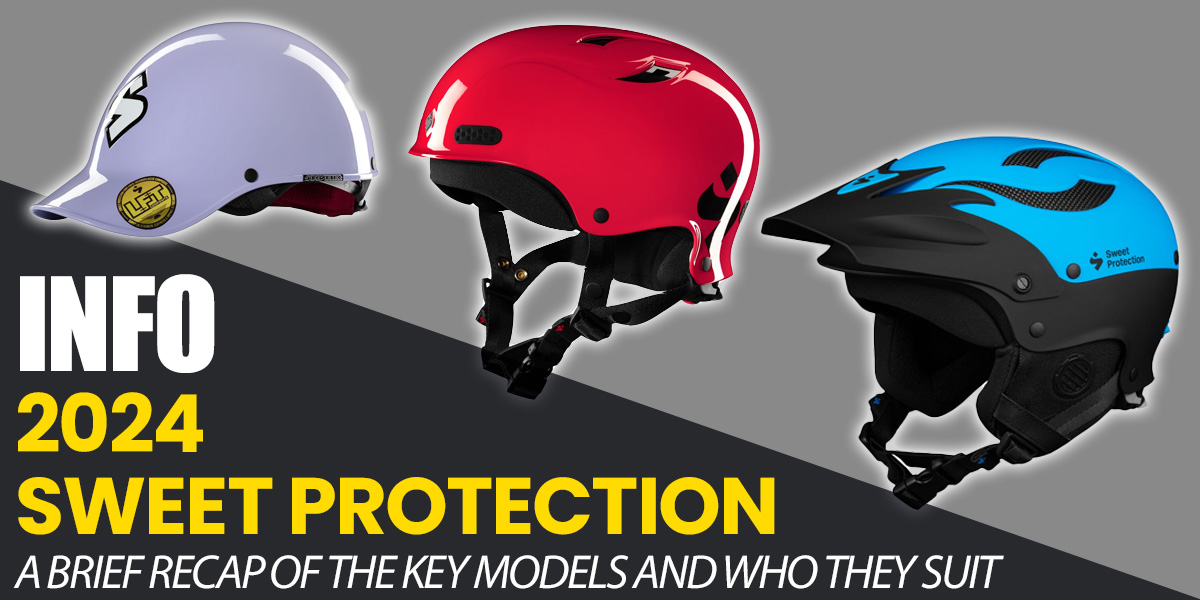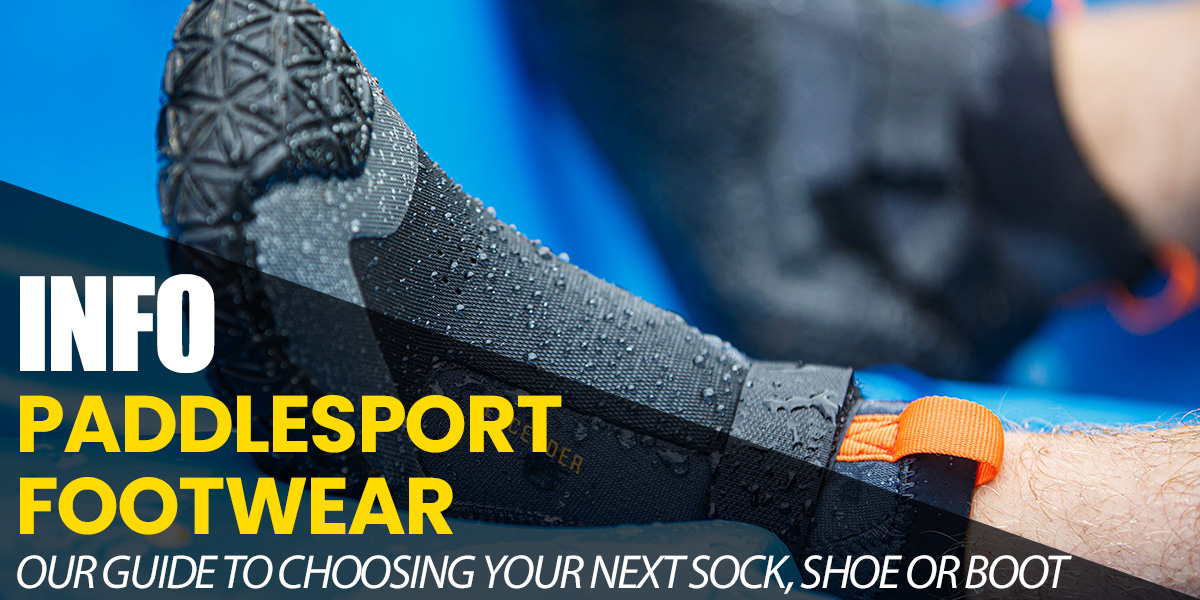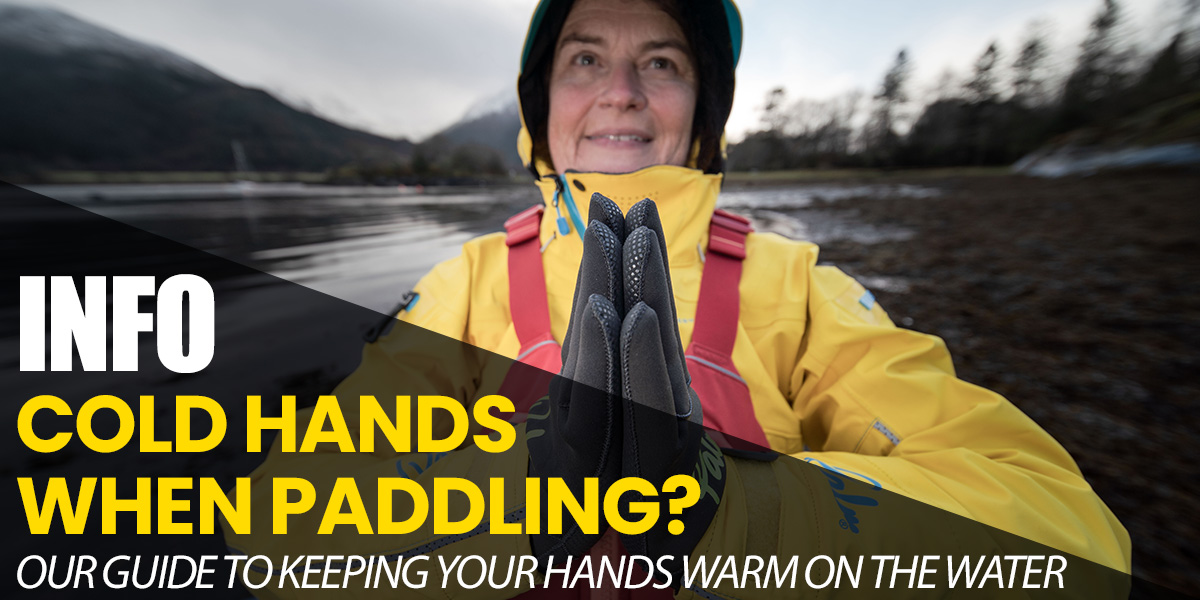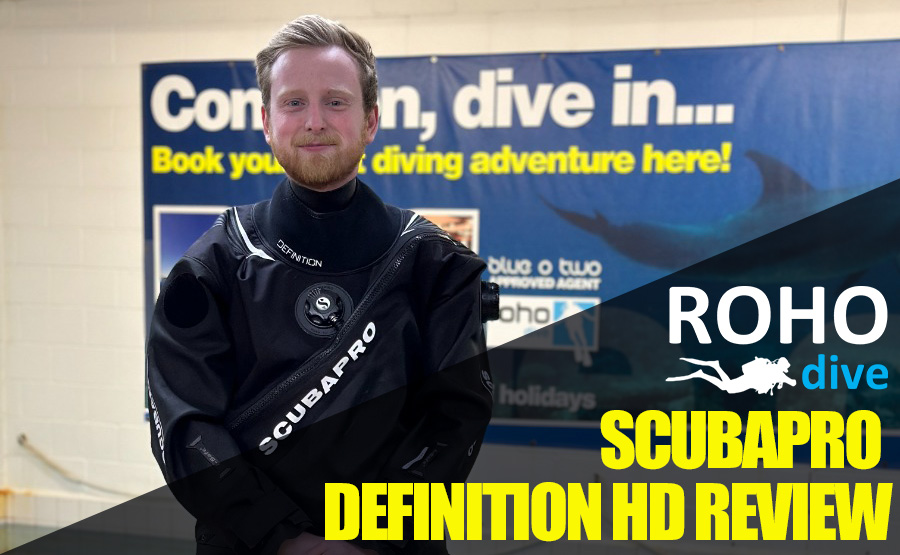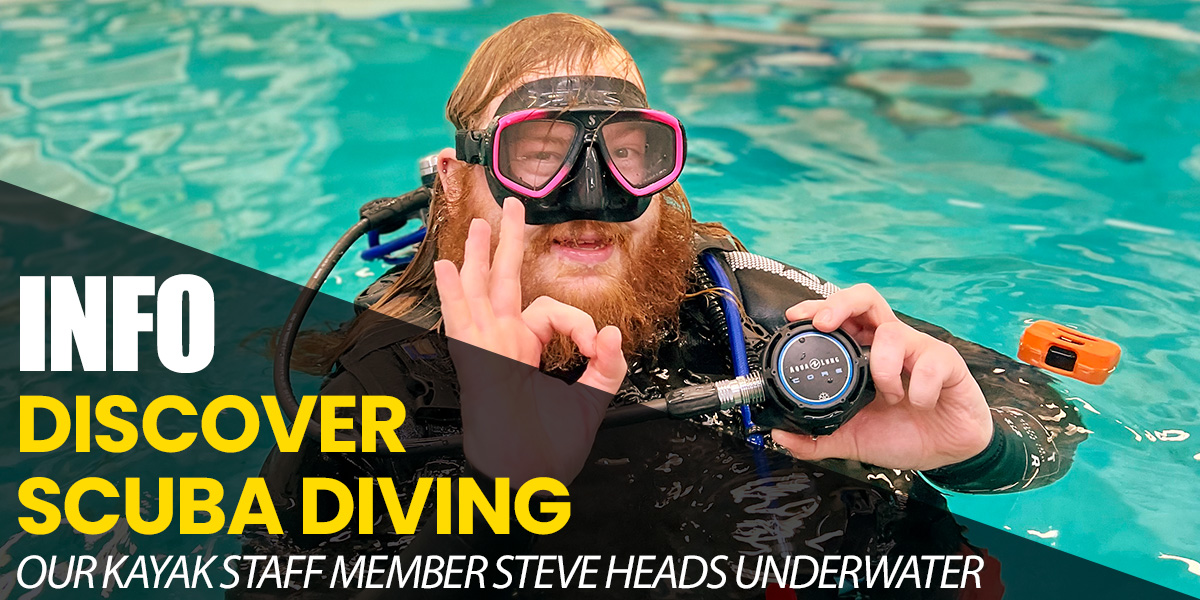What Is Wing Foiling?
As you may have seen there is a new wind sport in town, winging. What actually is it and does it stand up to the hype? I was definitely on the fence when I first saw this kitesurfing/windsurfing hybrid on the foil. I was lucky enough to immerse myself in the sport after spending a summer in Vasiliki teaching wind sports. Here’s what I think.

Where Does Wing Foiling Sit Around Other Sports?
One of the most appealing aspects is the inclusive nature of the learning process. If you have any wind or board sports background winging will feel quite natural. You can get to grips with how the wing powers up without even getting your feet wet . Starting on a stand up paddle board or beginner windsurf board too makes learning easier thanks to the stability they offer. Once you have cracked this you are straight onto the foil.
For me one of the huge draws to this sport is the compact kit, you need less gear in comparison to windsurfing and because of this the logistics of travel/transport is less of a faff. One board, one wing and one foil, you’re away. The big question is would it be something that I would want to put my hand in my pocket for. I was hooked once I foiled out of a gybe and this is when I knew it was worth the investment. Wing foiling feels like combination of surfing, snowboarding and windsurfing without the paddling and painful falls. The way that the foil cuts back on itself gives the feeling of being on a wave even on flat water. The way it can pick up swell and glide downwind is incredible. Wing foiling is a really explorative sport and the options of where to go with it are limitless. There is no worry about keeping upwind, as you can just dig in your heels, point the foil upwind and get it all back in one run. The main advantage is that you can do all of this at a wind speed you would be unable to get planning on most windsurf boards.
Wing Size Advice
In the whole time that I have been winging I have been using wings in the 5.0-5.5m size. I find this to be the best size to start your quiver, this size will work really well from 10-25mph winds. The wind range for wings are vast, due to the shape in the canopy. This means you can neutralise and add power really effectively. On the flipside the stretchy canopy allows for an effective pump to help get onto the foil and is light enough to hold neutralised when riding swell downwind. Once you catch the bug you will want to purchase a 3.0-3.5m wing and this will stop you missing the windier days on the water as well as opening up the opportunity to push your manoeuvres.

Board Sizing Advice
When I was learning I was on a 6ft 130 litre board which allowed me to fumble to my feet while the wing was powering up. The large amount of float and surface area helps with getting the board up and out the water. I am still having loads of fun on the 6ft board it’s the perfect starter/intermediate size. When looking for boards it’s really important to find a board with bevelled rails to allow the board to effortlessly release when it touches down and takes off. A wide, stubby and thick tail allows for good volume distribution meaning the volume is under your back foot again aiding with take-off. I have found the Quatro Wing Drifter a board which is easy to learn on but also rips when you have got the knack of it; futureproof. Recently I have moved onto the Quatro Wingdrifter 5’4 ft 90L board. The size does mean it’s a little hard to sail but opens opportunity’s when it comes to slashy cut backs and aerial tricks. The 6ft board still is amazing to cruise around from on the lighter wind days, it’s a bit like paddle boarding on steroids!

Foil Choice Advice
With foil wings there are two main types, high aspect and low aspect front wings. High aspect are usually much thinner and flatter which produce less lift, meaning you need more board speed to get out of the water and foiling. The advantage to high aspect is that they are extremely agile and perfect for use on waves. However, personally I think it’s all about the medium/low aspect foils! These foils require less wind speed, they are more stable and glide more. For getting into the sport these are perfect. I personally think a 2000 front wing will always be useful in your quiver and once you progress you can purchase just a front wing around 1300-1500 with a higher aspect for the stronger winds or waves. There is the option to change mast, fuselage and rear wing however it’s not something I have personally seen the need for as of yet.
My personal look at winging is that it’s here to stay. It’s a sport to keep you on the water on them light wind days and away from the pain of cycling! At Robin Hood we know it’s a leap of faith putting out all this money on a brand new sport so we now have a full demo set up ready for you to try out. Drop the shop a call or email to find out more!
Ben






